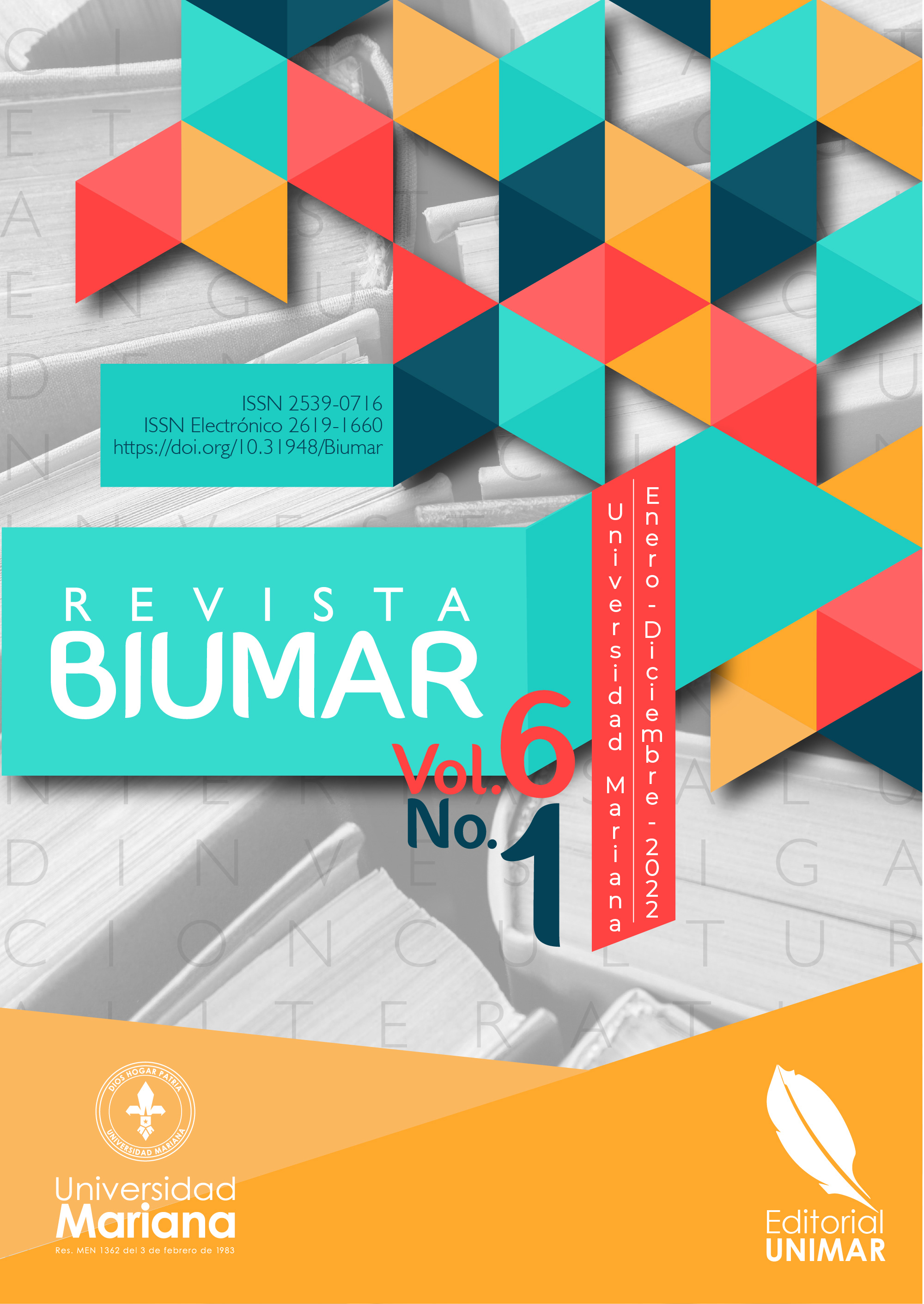Prototype of a mechatronic device for passive mobility therapeutic support controlled with a microcontroller system and touch screen for people with musculoskeletal wrist and forearm injuries in rehabilitation centers
DOI:
https://doi.org/10.31948/Biumar6-1-art4Keywords:
forearm, wrist, ligamentss, muscles, bones, device, rehabilitation, mobilizationAbstract
In the daily environment, the use of the upper extremities of the human body is a fundamental part of it, for carrying out activities. Tasks such as typing or holding an electronic device have caused the wrist and forearm to be more compromised in conditions that cause wear on their ligaments, muscles, and bones. The implementation of a controlled device in rehabilitation centers was made based on the types of injuries that are treated there. As it is a daily job, either wrist or forearm, a mechatronic prototype is required, capable of performing three different types of mobilizations, which help in the recovery of these joints, which will be the main axis to generate support for physiotherapeutic professionals in their daily work.
Author Biographies
Fabio Andrés Casanova Álvarez
Estudiante Ingeniería Mecatrónica, Universidad Mariana.
Jhonatan Daniel Ruiz Quenán
Estudiante Ingeniería Mecatrónica, Universidad Mariana.
References
Aceros Global. (2021). Vigas. https://aceros.com.pe/tienda/perfiles-de-acero/vigas-de-acero-vigas-h/
Anónimo. (s.f.). Muñeca y Mano. https://www.amicivirtual.com.ar/Anatomia/11MucaMano.pdf
CCamusV. (s.f.). Evaluación. https://store.ccamusv.cl/insumos-kinesiologia/evaluacion
Gnee Pipe. (2008). Tubería de acero 410L inoxidable. http://m.baogangpipe.com/stainless-steel-pipe/410lsteel-pipe-stainless.html
Kapandji, A. I. (2007). Fisiología Articular (6.a ed.). Médica Panamericana.
Martinez, J. A., Ng, P., Lu, S., Campagna, M. S., & Celik, O. (2013). Design of wrist gimbal. A forearm and wrist exoskeleton for stroke rehabilitation. International Conference on Rehabilitation Robotics, IEEE. 10.1109/ICORR.2013.6650459
Nordin, M. y Frankel, V. H. (2013). Bases biomecánicas del Sistema Musculoesquelético (4.a ed.). Wolters Kluwer Health.
Obert, L., Loisel, F., Jardin, E., Gasse, N., & Lepage, D. (2016). High-energy injuries of the wrist. Orthopedics and Traumatology Surgery and Research, OTSR, 102(1), S81-93. https://doi.org/10.1016/j.otsr.2015.05.009
Phadnis, J. & Watts, A. C. (2016). Longitudinal instability of the forearm. Leitthema, 45(10), 861-869. https://doi.org/10.1007/s00132-016-3329-7
Torres, A. (2022). Pronación y supinación. https://www.kenhub.com/es/library/anatomia-es/pronacion-ysupinacion
Dnatives. (2022). Guía completa: plásticos en la impresión 3D. https://www.3dnatives.com/es/plasticosimpresion-3d-22072015/#!
Woodmart. (2018). Display Wall. https://shandong.com.pe/producto/display-wall/
How to Cite
Downloads
Downloads
Published
Issue
Section
License

This work is licensed under a Creative Commons Attribution 4.0 International License.
Revista Biumar es publicada por la Editorial UNIMAR de la Universidad Mariana bajo los términos de la licencia Creative Commons Reconocimiento 4.0 Internacional (CC BY 4.0)




